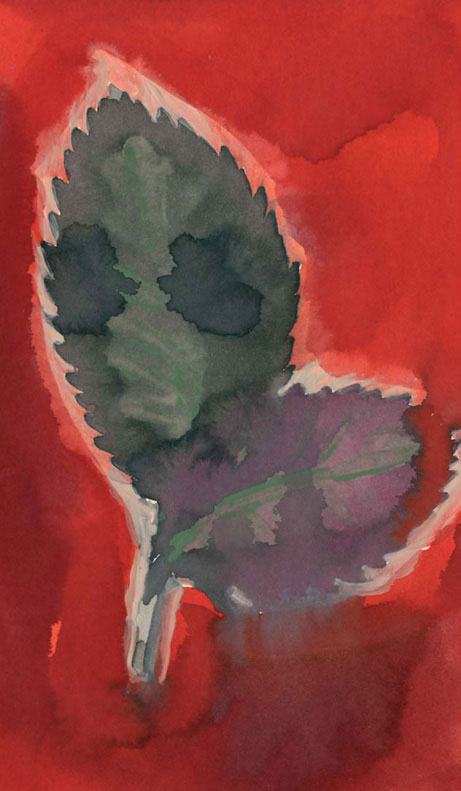As any carpenter knows, elm is a tricky wood to work – robust and beautiful, but also recalcitrant and unpredictable. Even when it has been dried, it will continue to move, rebelling against the role the craftsman has given it.
There is a reason for this excess of individuality. All trees in the forest are proud but, with the elm, pride tips – some would say unacceptably – into arrogance.
It took several millennia for other trees to acknowledge that the attitude of the elm was becoming a problem. The forest is a tolerant, live-and-let-live sort of place, where there is a general sense that trees should not judge one another but concentrate on their own growing.
The arrogance of the elm, though, eventually became impossible to ignore. There were murmurings among the trees. Eventually it was agreed that the ash, which has an easygoing sort of authority about it, would address the issue.
‘The thing is this,’ the ash said to the elm. ‘All of the trees in the forest have individual strengths, and we all get along pretty well. The alder provides wood that hardens with water. The blackthorn protects animals with its spiky branches. The oak provides the mighty timber for ships and houses. In my own modest way, I produce wood which I believe is rather useful for firewood.’
‘Your point being?’ asked the elm.
‘It’s simply that all trees have their functions. To be candid, we’ve been wondering what gives you the right to behave as if you are superior to the rest of us.’
‘I am elm,’ said the elm.
This reply did not go down well in the forest.
‘What kind of answer is that?’ muttered the hazel.
‘I am hornbeam,’ said the hornbeam.
‘So what? Statement of identity hardly constitutes a reason.’
The elm seemed to have lost interest in the conversation. When it did speak again, it was in a tone of weary contempt.
‘I am elm.’
The matter was dropped for a few centuries, but discontent grew among the other trees. It was the willow who one day suggested that something had to be done.
‘But what?’ sighed the ash. ‘It is elm. End of story.’
‘I have friends – don’t press me for details,’ said the willow. ‘I could have a word.’
The trees agreed that little harm could come from the willow talking to its friends, and thought no more about it.
The willow knew a beetle that had recently travelled from Asia. When the willow explained its problems, the beetle seemed interested.
‘When does the elm start misbehaving?’ it asked.
‘When it becomes an adult tree,’ said the willow. ‘It’s quite reasonable when it is young, but as soon as it starts appearing above the hawthorn, the rowan, the hazel and the other small trees, its behaviour
becomes impossible.’
‘I think I may be able to help,’
said the beetle.
A few years later, the trees began to notice that something unexpected was happening. As soon as young elms reached a certain height, above the hawthorn, the rowan, the hazel and other small trees, their bark became clogged with fungus and, quite soon afterwards, they died.
It was upsetting.
‘I think the elm has learned its lesson,’ the ash said one day to the willow. ‘Maybe you could have another word with your friends.’
The beetle was surprisingly unhelpful.
‘These things are cyclical,’ it said.
‘One day, the elm will develop resistance to the fungus. Give it a few centuries and it will be back up there with the big boys. Thank you very much for the gig, by the way.’
To its credit, the elm has never complained about its fate. Every year, its roots spread, and its suckers burst through the earth. It grows and grows, knowing full well that, at the very moment when other trees reach their most useful years, it will inevitably wither and die.
In woodland, even now, you can hear its refrain – hopeful, defiant, despairing, quieter than it once was.
I am elm.
I am elm.
I am elm.

